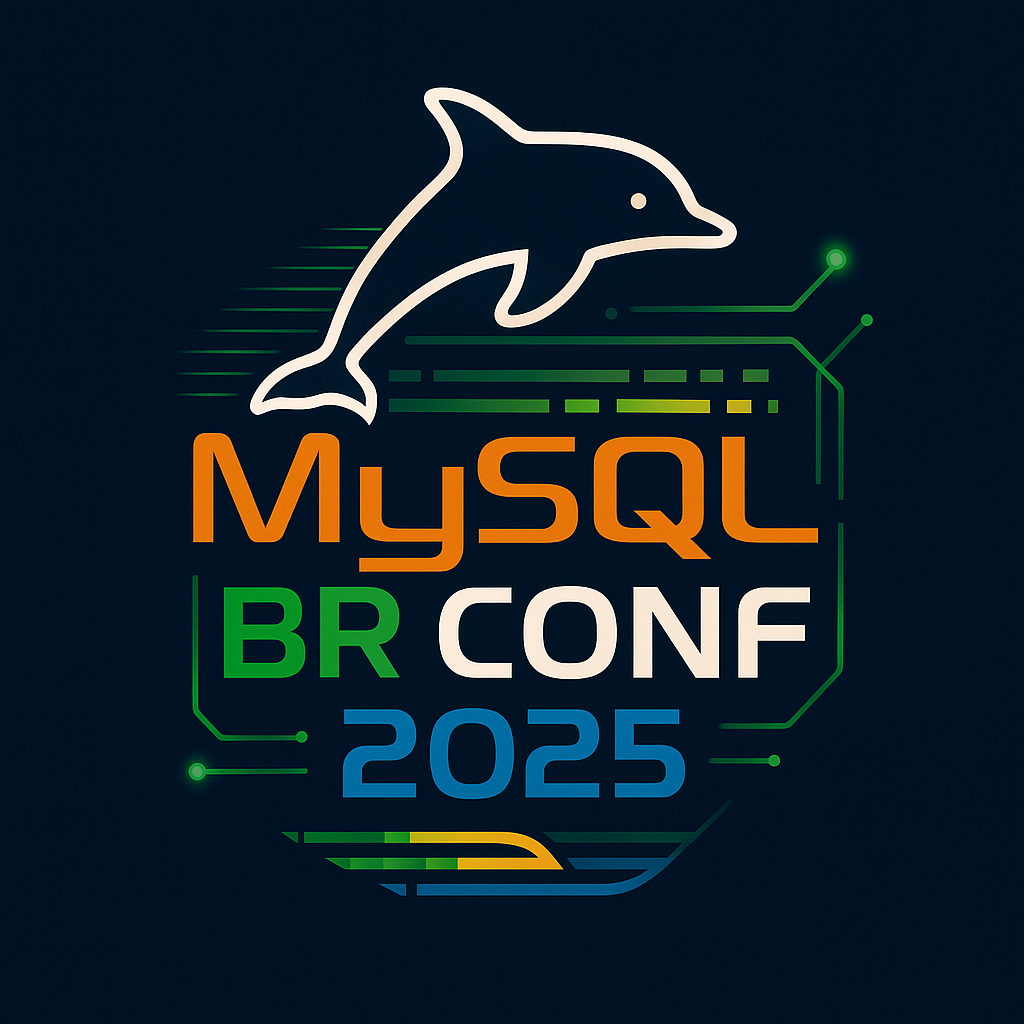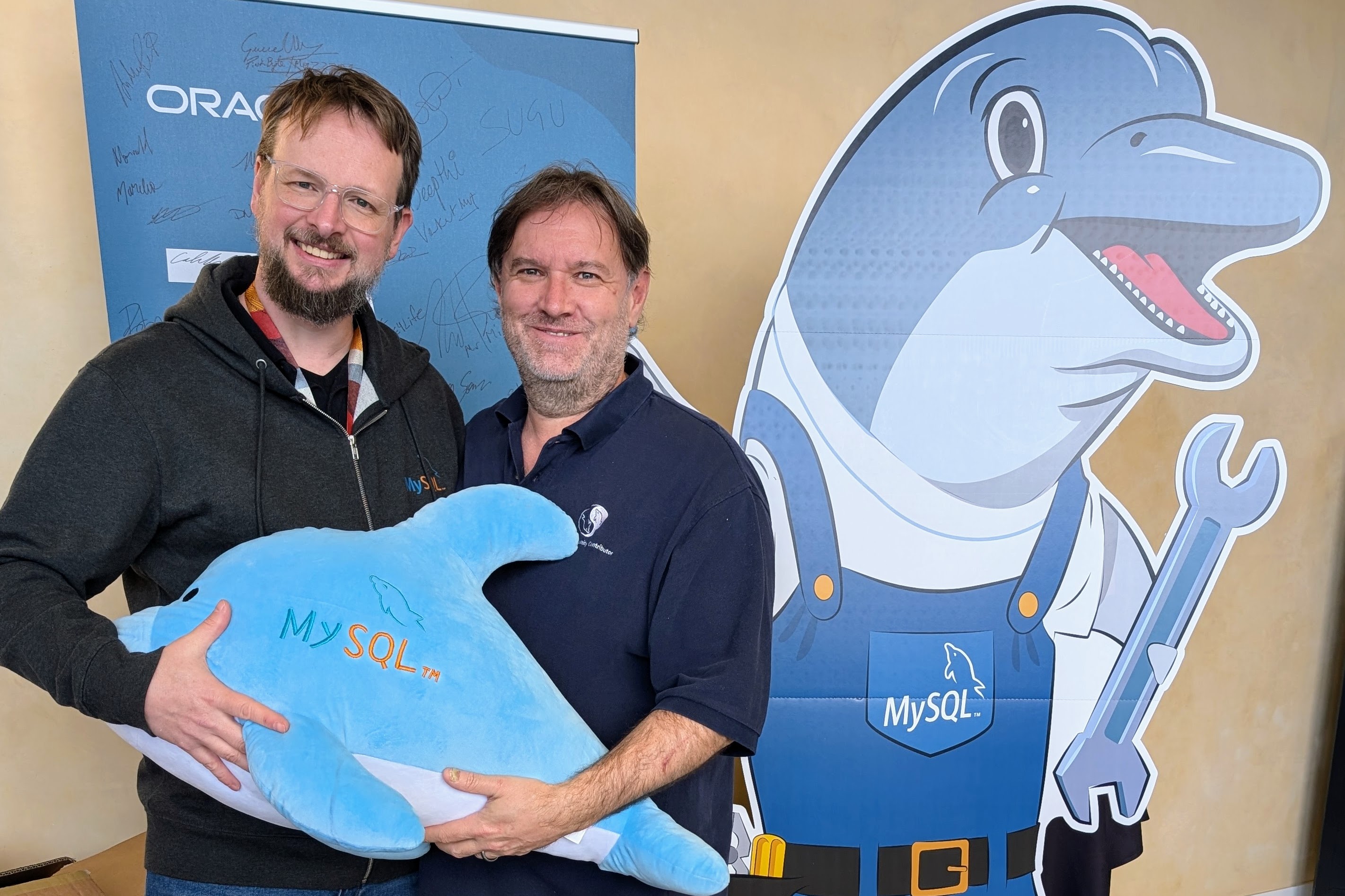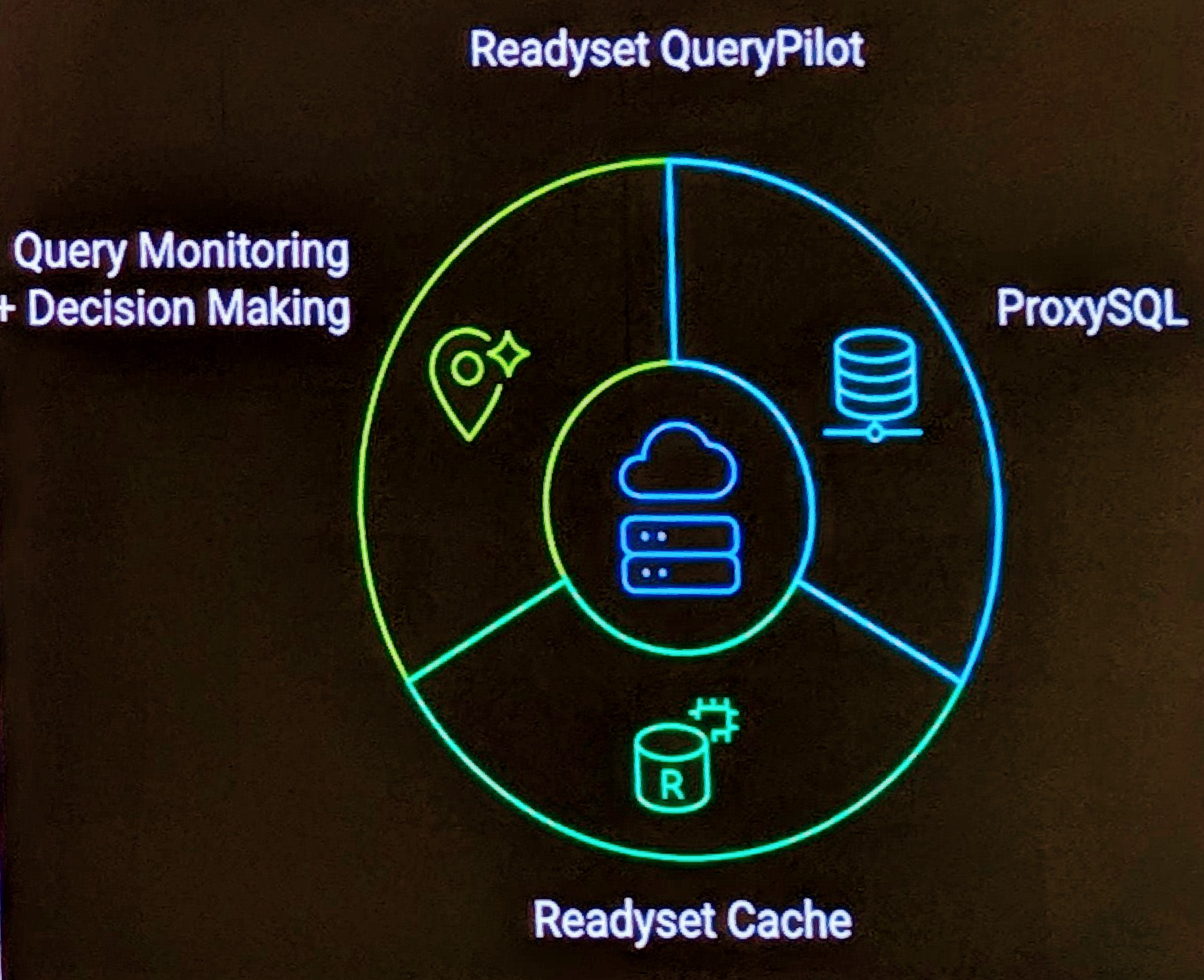I get asked this question often. It was mentioned again recently in a NYTECH executive breakfast with RedHat CIO Lee Congdon.
The short answer is No.
There is clear evidence that in the short to medium term Oracle will continue to promote and enhance MySQL. Some of these indicators include:
- EU 10 point commitment in December 2009 – See Oracle Makes Commitments to Customers, Developers and Users of MySQL
- MySQL Conference April 2010 – Opening keynote by Edward Screven State of the Dolphin
- Oracle Magazine Jul/Aug 2010 – Interview with Edward Screven Open for Business .
It is clear from these sources that Oracle intends to incorporate MySQL into Oracle Backup and Security Vault products. Both a practical and necessary step. There is also a clear mention of focusing on the Microsoft platform, a clear indicator that SQL Server is in their sights without actually saying it.
What is unknown is exact how and when features will be implemented. Also important is how much these may cost the end user. Oracle is in the business of selling, now an entire H/W and S/W stack. They also have a complicated pricing model of different components with product offerings. I assume this will continue. There are already two indications, InnoDBbackup included for Enterprise Backup (from April Keynote) and 5.1 enterprise split . (Note: while this split may have existed prior to Oracle, it is now more clearly obvious).
MySQL can never be seen as drawing away from any Oracle sales of the core entry level database product. It is likely Oracle will provide a SQL Syntax compatibility layer for MySQL within 2 years, however it will I’m sure be a commercial add-on. Likewise, I would suspect a PL/SQL lite layer within 5 years, but again at a significant cost to offset the potential loss of sales in the low end of the server market. There continues to be active development in the MySQL Enterprise Monitor, MySQL Workbench and MySQL Connectors which is all excellent news for users.
Moving forward, how long will this ancillary development of free tools continue? What will happen to the commercial storage engine, OEM and licensing model after the 5 year commitment? How will the MySQL ecosystem survive.? There is active development in Percona, MariaDB and Drizzle forks, however unless all players that want to provide a close MySQL compatible solution work together, progress will continue to be a disappointing disjointed approach. The 2011 conference season will also see a clear line with competing MySQL conferences in April scheduled at the same time, the O’Reilly MySQL conference in Santa Clara California and the Oracle supported(*) Collaborate 2011 in Orlando, Florida.
I have a number of predictions on what Oracle ME MySQL may look like in 5 years however this is a topic for a personal discussion.


